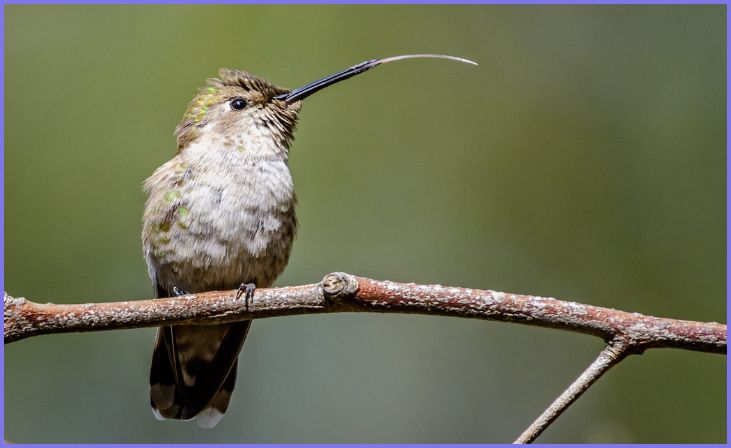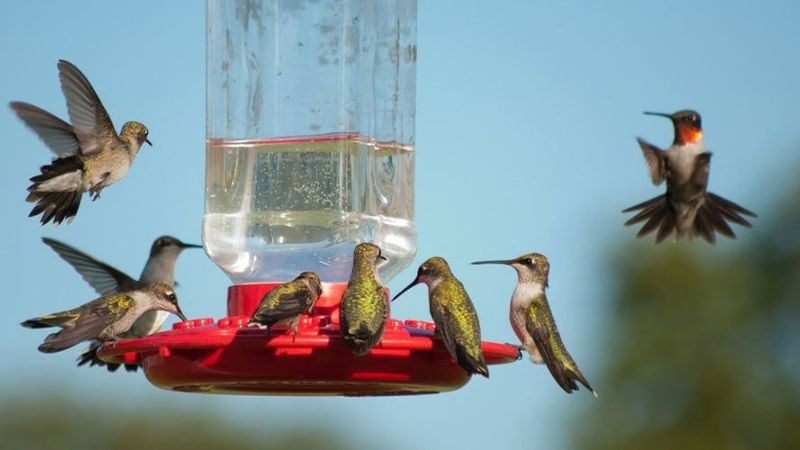Hummingbirds are fascinating creatures that bring joy and vibrancy to any garden or outdoor space. If you’re considering adding a hummingbird feeder to your yard, you’re in for a treat. However, deciding where to place your feeder is crucial to attract these tiny birds and ensure their safety and comfort. In this guide, we’ll explore the ins and outs of determining the best place to put your hummingbird feeder.
Understanding Hummingbird Behavior

Before we delve into feeder placement, it’s essential to understand a bit about hummingbird behavior. These agile birds are attracted to brightly colored flowers, especially those that produce sweet nectar. They are also highly territorial and may aggressively defend their food sources from other hummingbirds. Additionally, they are sensitive to temperature changes and may seek shelter during extreme weather conditions.
Factors to Consider
When choosing a location for your hummingbird feeder, several factors come into play:
- Visibility: Hummingbirds are more likely to find your feeder if it’s placed in a visible location. Avoid hiding it behind large obstacles or in obscure corners of your yard.
- Protection from Predators: To ensure the safety of visiting hummingbirds, place your feeder away from areas where predators such as cats can easily ambush them.
- Proximity to Natural Food Sources: While hummingbird feeders provide a convenient food source, they should ideally be located near natural flowers and nectar-producing plants to attract these birds.
- Ease of Access: Consider placing your feeder in a location that is easily accessible for cleaning and refilling. This will make maintenance tasks more manageable and ensure that the feeder remains in good condition.
- Shelter and Perches: Hummingbirds appreciate nearby perches where they can rest between feeding sessions. Trees, shrubs, or garden structures can provide these resting spots while also offering shelter from inclement weather.
Choosing the Right Spot
Now that you’re familiar with the key considerations let’s discuss some specific locations where you can place your hummingbird feeder:
- Near Windows or Porches: Placing your feeder near windows or porches allows you to enjoy the sight of hummingbirds up close from the comfort of your home. However, take precautions to prevent collisions by placing decals or other deterrents on windows to make them more visible to birds.
- In the Garden: Hanging your feeder in the garden among flowering plants is an excellent way to attract hummingbirds while creating a visually appealing display. Be sure to position it where it won’t be overshadowed by larger plants and where there’s sufficient space for birds to access it freely.
- On a Shepherd’s Hook: A shepherd’s hook offers a versatile and attractive way to hang your feeder. Place it in an open area with good visibility and away from potential hiding spots for predators.
- Under a Pergola or Arbor: If you have a pergola or arbor in your yard, consider suspending your feeder from its beams. This provides a shaded and sheltered location that hummingbirds may appreciate, especially during hot weather.
- Near Water Features: Hummingbirds need to stay hydrated, so placing your feeder near a water source such as a fountain or birdbath can be beneficial. Just be sure to maintain the water feature regularly to ensure cleanliness.
Final Tips for Success

Here are some additional tips to help you make the most of your hummingbird feeder:
- Regular Maintenance: Clean your feeder regularly to prevent the growth of mold and bacteria. A solution of one part white vinegar to four parts water works well for this purpose.
- Monitor Activity: Keep an eye on your feeder to gauge hummingbird activity. If you notice a decline in visitors, consider adjusting the placement or adding more feeders to different areas of your yard.
- Experiment: Don’t be afraid to experiment with different locations until you find the one that works best for attracting hummingbirds. They may have preferences based on factors such as sunlight, nearby foliage, and the presence of other birds.
By taking these factors into account and carefully selecting the placement of your hummingbird feeder, you can create an inviting environment that will attract these delightful birds to your yard for years to come. So, grab your feeder, find the perfect spot, and get ready to enjoy the beauty of hummingbirds in your own backyard!
